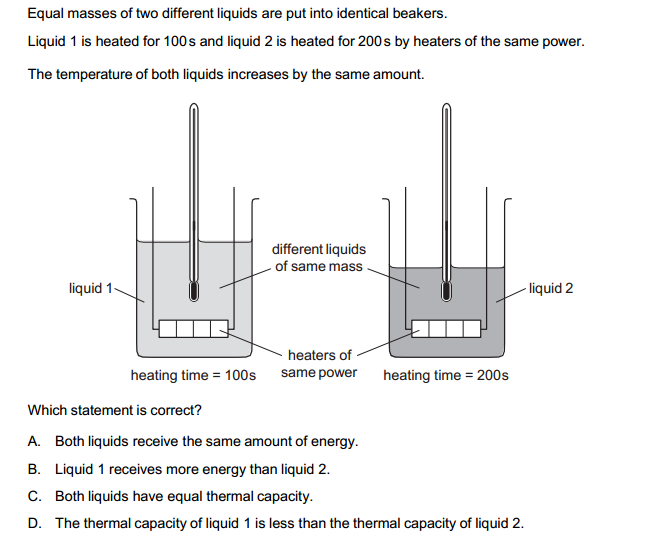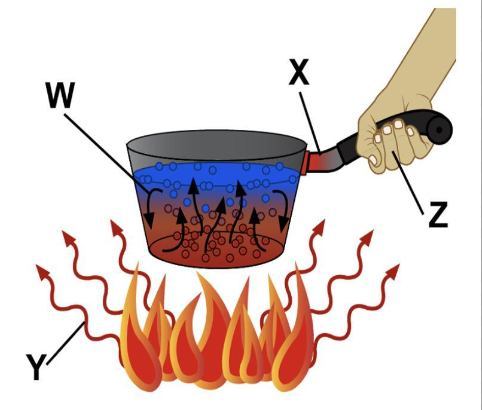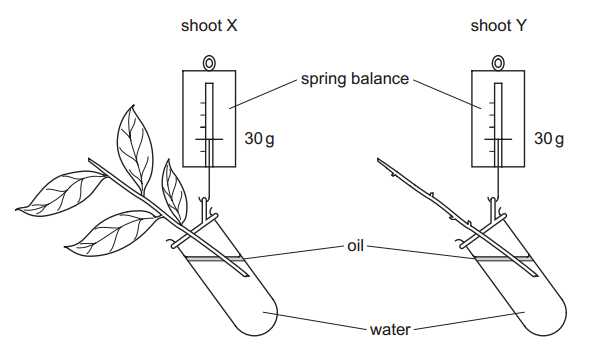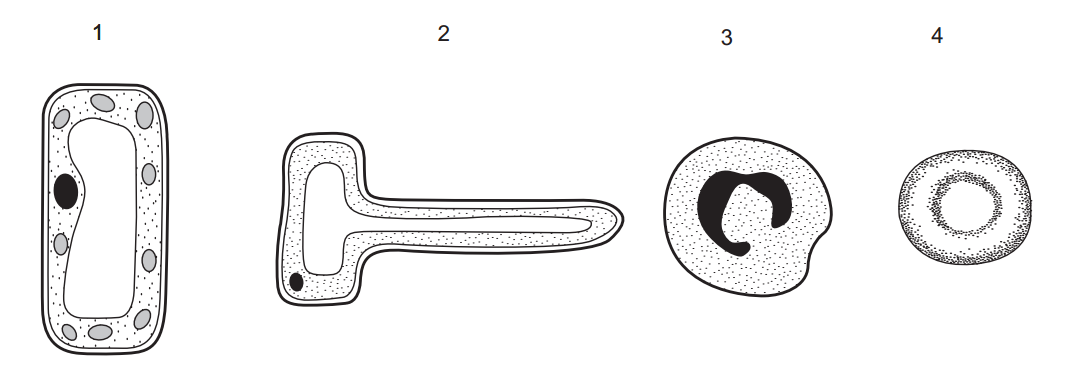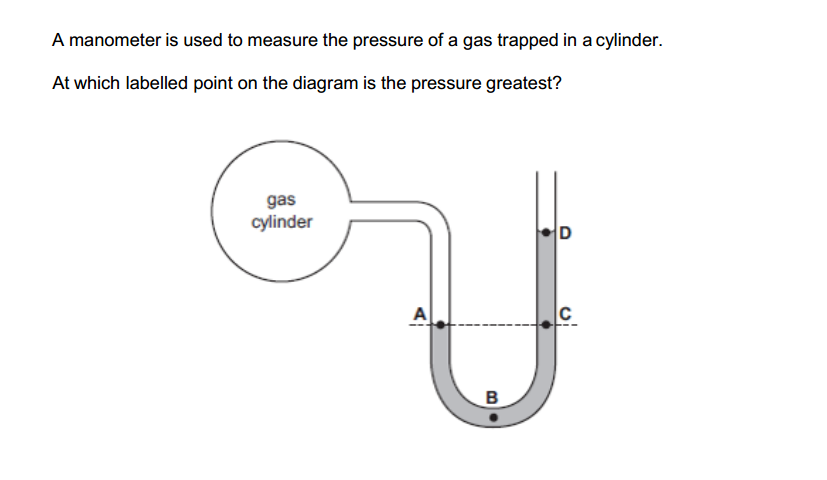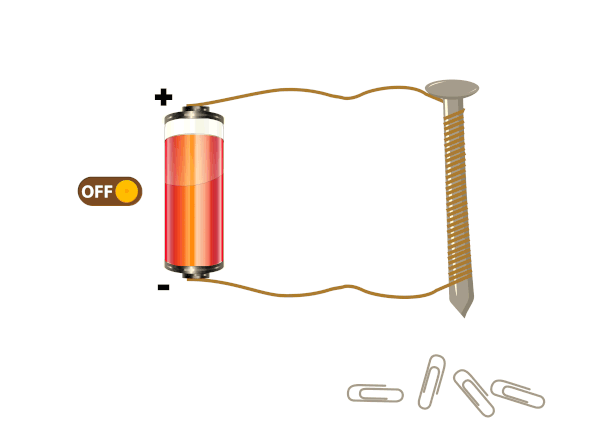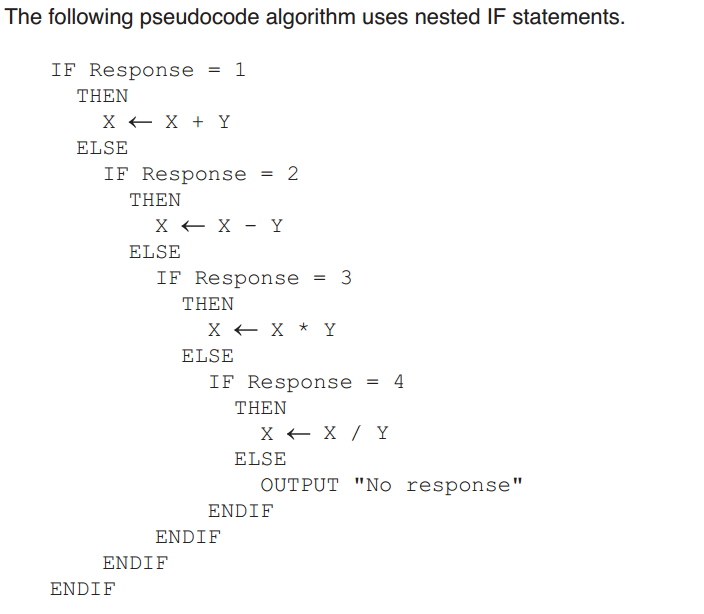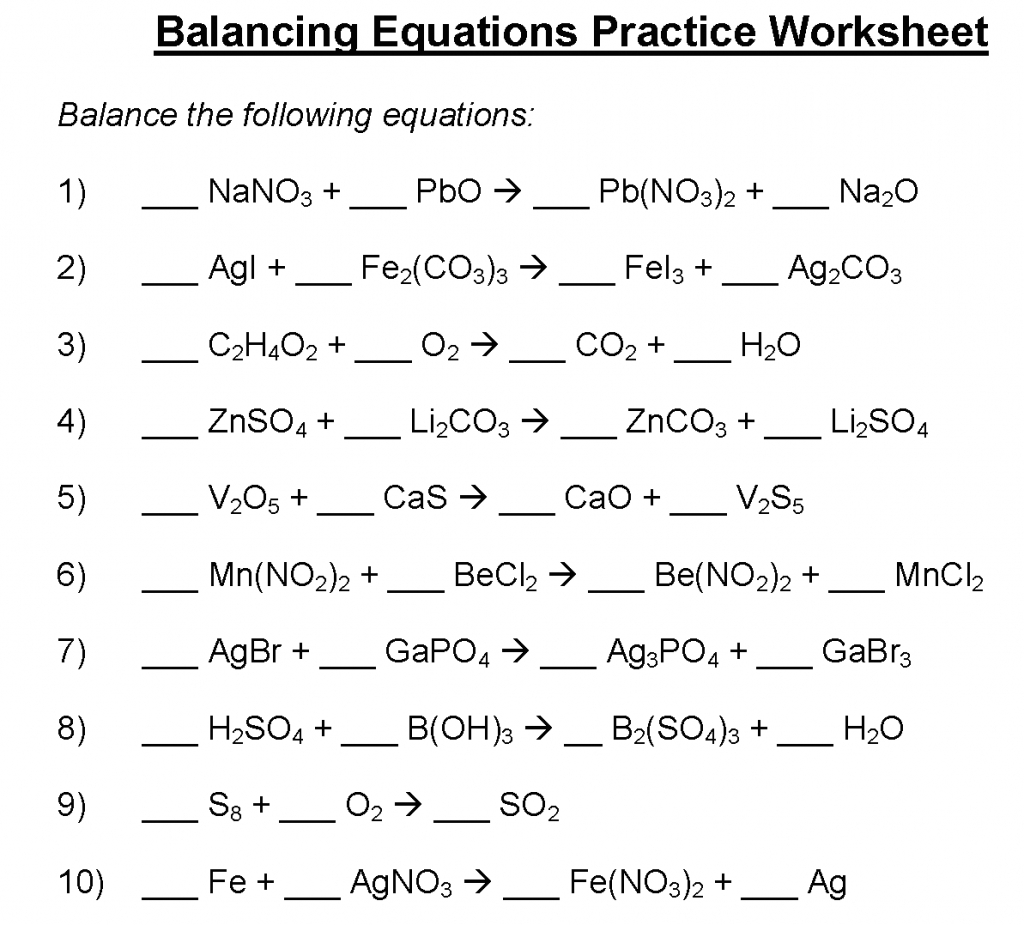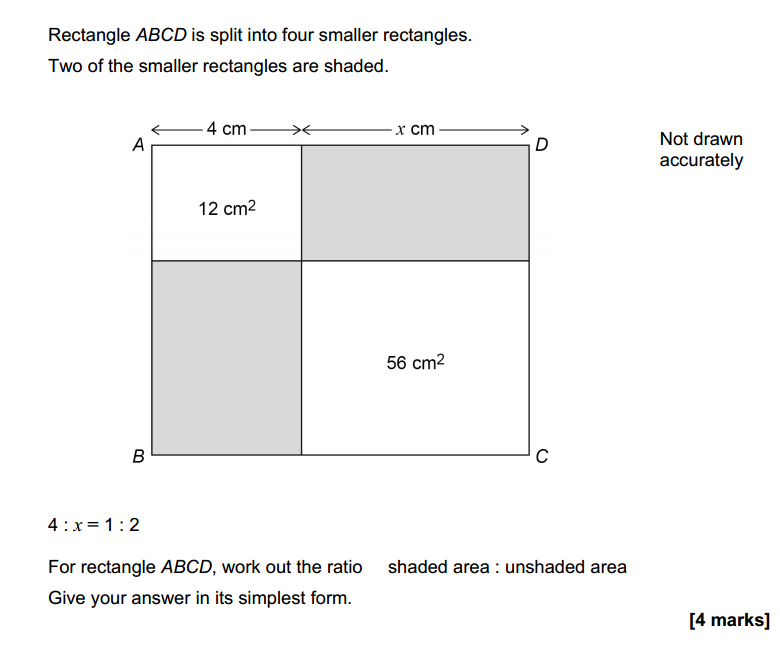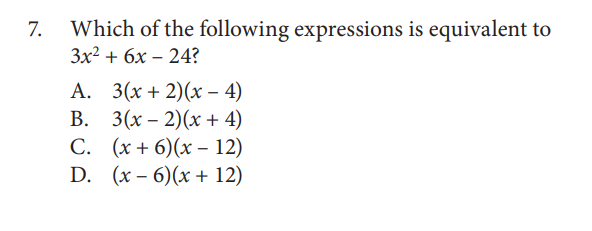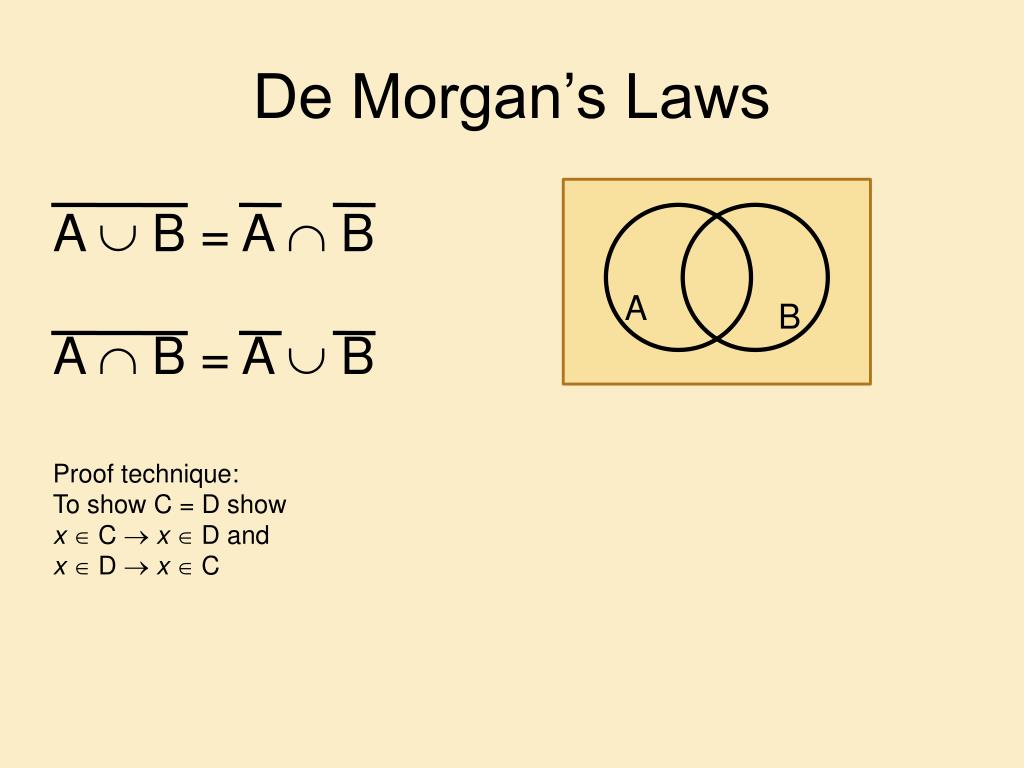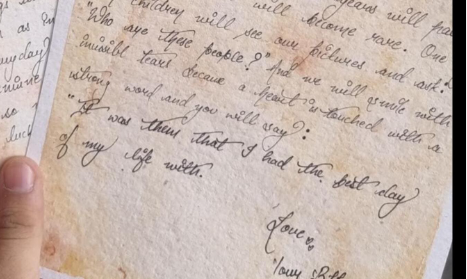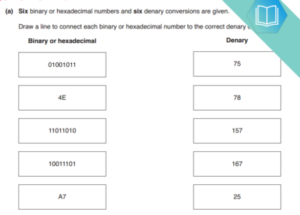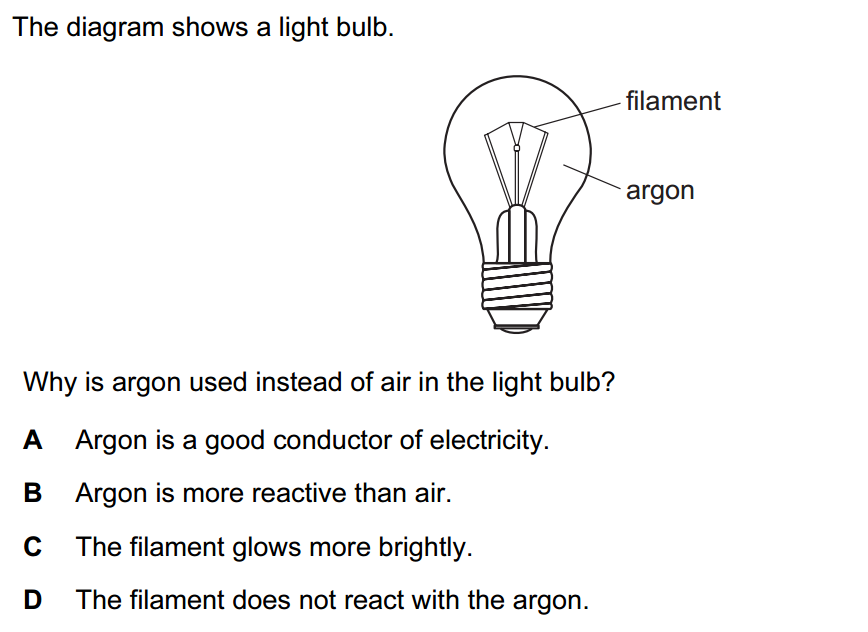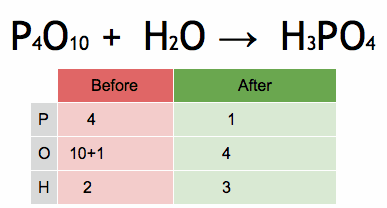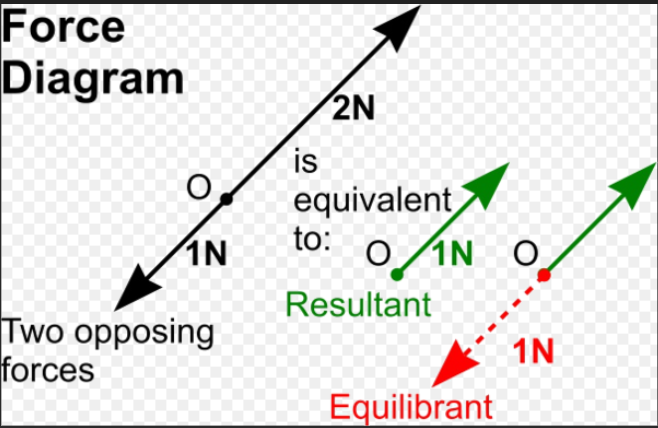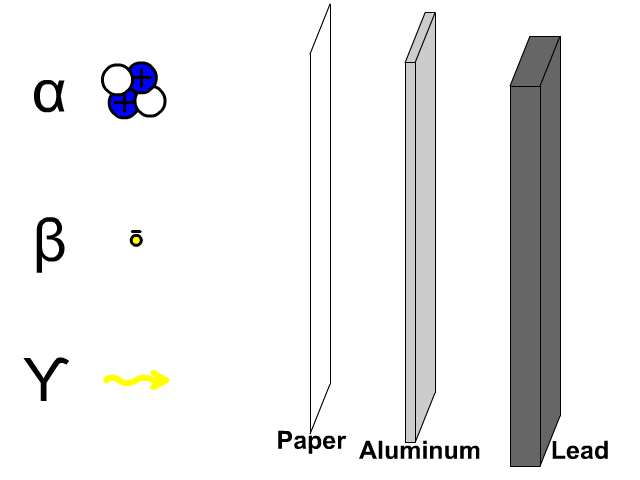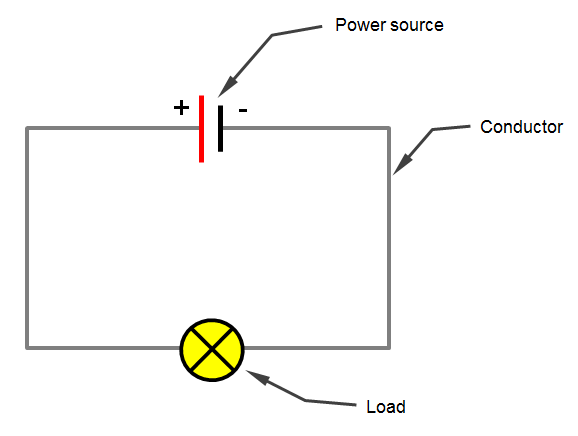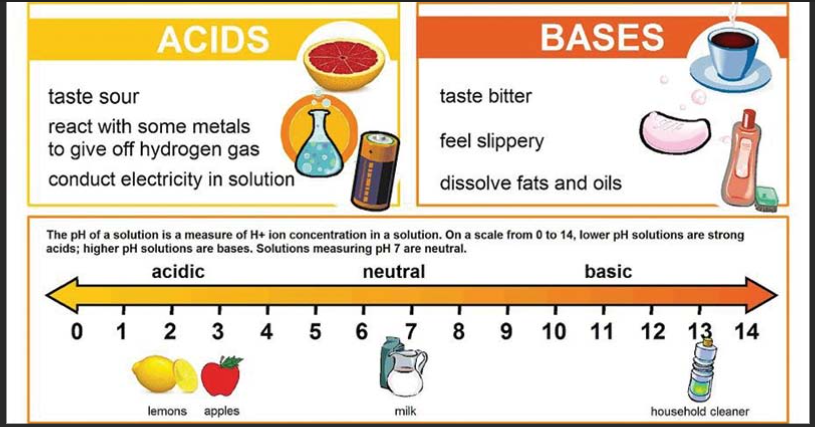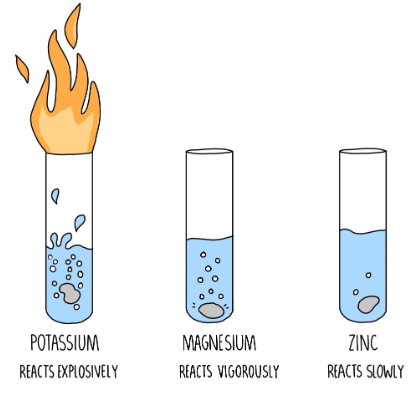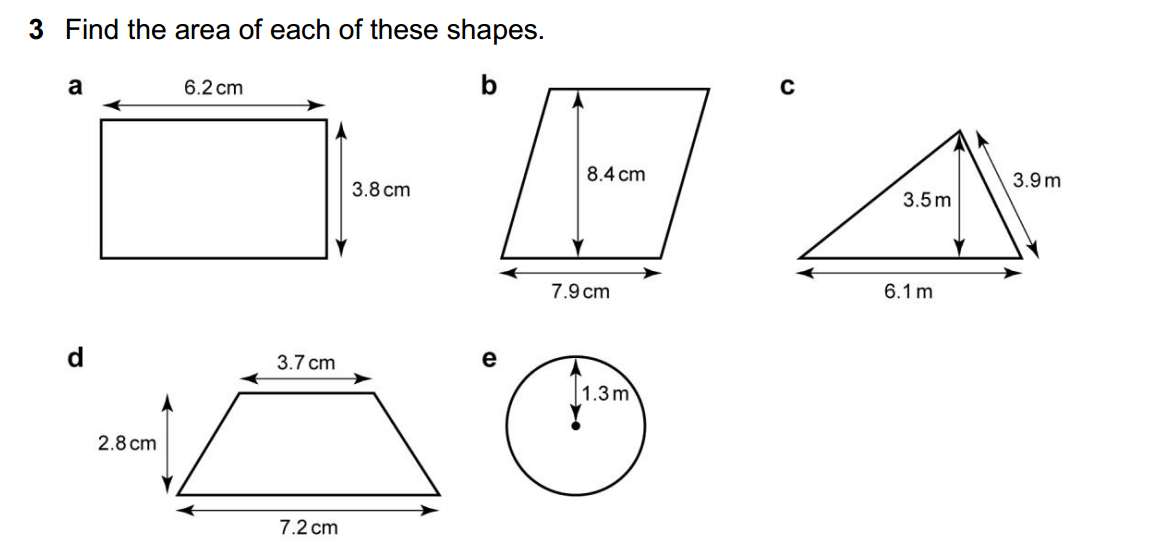Writing a sincere and effective apology is important when you’ve made a mistake, hurt someone, or caused inconvenience. Here’s a step-by-step guide to help you write an apology:
- Begin with a Greeting: Address the person you are apologizing to using a respectful salutation, such as “Dear [Name],” or “Hello [Name],”.
- Express Remorse: Start your apology by clearly stating that you are sorry for your actions. Use specific and direct language to acknowledge what you did wrong. Avoid making excuses or deflecting blame.
- Admit Responsibility: Take full responsibility for your actions. Use “I” statements to show that you understand it was your mistake.
- Be Specific: Clearly explain what you are apologizing for. Mention the specific actions, words, or behavior that caused the harm or offense.
- Show Empathy: Acknowledge the impact of your actions on the other person. Express understanding of how they might feel hurt, disappointed, or inconvenienced.
- Explain Intent (If Appropriate): If you believe it’s necessary, you can briefly explain your intentions or reasons behind your actions. However, be cautious not to use this as an excuse or to minimize the offense.
- Apologize Again: Reiterate your apology to emphasize its importance and sincerity.
- Offer Amends (If Possible): Depending on the situation, offer to make things right or provide a solution. This could include offering to correct the mistake, compensate for any losses, or change your behavior in the future.
- Promise Improvement: If the situation calls for it, assure the person that you will take steps to prevent the same mistake from happening again.
- Closing: Use a sincere and respectful closing, such as “Sincerely,” “With deepest apologies,” or “Yours faithfully,” followed by your name.
Here’s an example of how an apology letter could be structured:
Dear [Name],
I am writing to express my sincere apologies for [describe the specific mistake or action that caused the harm]. I deeply regret my behavior, and I understand the pain and disappointment it has caused you.
I want to take full responsibility for my actions. There is no excuse for what I did, and I am truly sorry for the hurt I've caused.
I can only imagine how you must feel right now, and I want you to know that I am truly sorry for any pain or inconvenience I've caused you.
In the future, I will make every effort to ensure that this kind of mistake does not happen again. I promise to [briefly mention the steps you'll take to improve or avoid a repeat of the situation].
Once again, I am sorry for my actions and for any harm they have caused. If there's anything I can do to make it right, please let me know.Sincerely,[Your Name]
Remember, a genuine apology shows empathy and willingness to take responsibility for your actions. Avoid being defensive and be open to understanding the other person’s feelings. Additionally, it’s often better to apologize in person if the situation allows for it, as it shows more sincerity and allows for direct communication.





